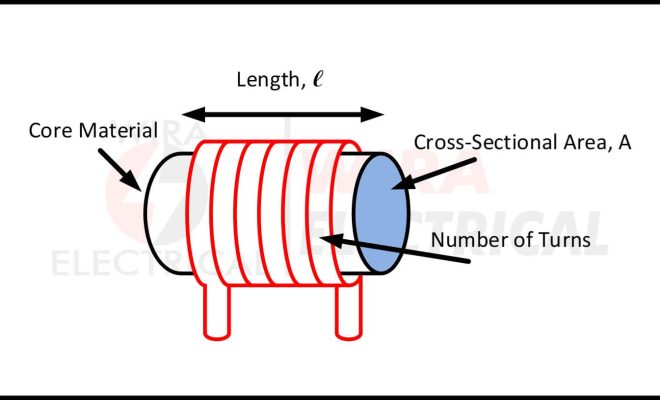How is Death Rate Calculated

Death rate, also referred to as mortality rate, is a vital statistic that allows experts and policymakers to monitor the well-being of a population. It represents the number of deaths within a given period, often per year, in relation to the total population size. By understanding how death rates are calculated, we can analyze trends, make informed predictions, and address public health concerns more effectively.
Calculating the Crude Death Rate
The most common method for calculating death rate is by using the crude death rate (CDR). The CDR looks at the overall rate of deaths within a specific population without accounting for factors like age, gender, or cause of death. The formula for the crude death rate is:
Crude Death Rate (per 1,000) = (Number of Deaths / Population) × 1,000
For instance, if there were 5,000 deaths in a country with a population of one million in a year:
CDR = (5,000 / 1,000,000) × 1,000 = 5 (per 1,000 people)
Calculating Age-specific Death Rate
While CDR provides important insights about mortality rates in a population, it falls short when trying to understand more specific trends. This is when using age-specific death rates (ASDR) becomes essential. ASDR helps analysts focus on specific groups within a population by considering only those deaths within certain age groups. The formula for ASDR is:
Age-specific Death Rate(per 1,000) = (Number of Deaths in Age Group / Population in AgeGroup) × 1,000
Suppose we want to calculate the death rate for people aged between 60 and 69 years in our earlier example. Let’s assume there were 2,500 deaths among this age group and a total of 100,000 people belonging to it:
ASDR = (2,500 / 100,000) × 1,000 = 25 (per 1,000 people aged 60 to 69)
Calculating Cause-specific Death Rate
Another essential consideration in death rate calculation is the cause-specific death rate (CSDR).
The CSDR helps researchers understand which specific diseases or events are the leading causes of mortality. To calculate CSDR, the formula is:
Cause-specific Death Rate (per 100,000) = (Number of Deaths due to a Specific Cause / Population) × 100,000
If we want to find the death rate due to cardiovascular diseases in our example country and discover there were, say, 1,500 deaths associated with this cause:
CSDR = (1,500 / 1,000,000) × 100,000 = 150 (per 100,000 people)
Conclusion
Calculating death rates allows researchers and policymakers to identify patterns and trends among populations. By examining crude death rates, age-specific death rates and cause-specific death rates we can assess public health scenarios and implement appropriate preventative measures. Understanding how these values are calculated provides a solid foundation for any analysis of population health.






